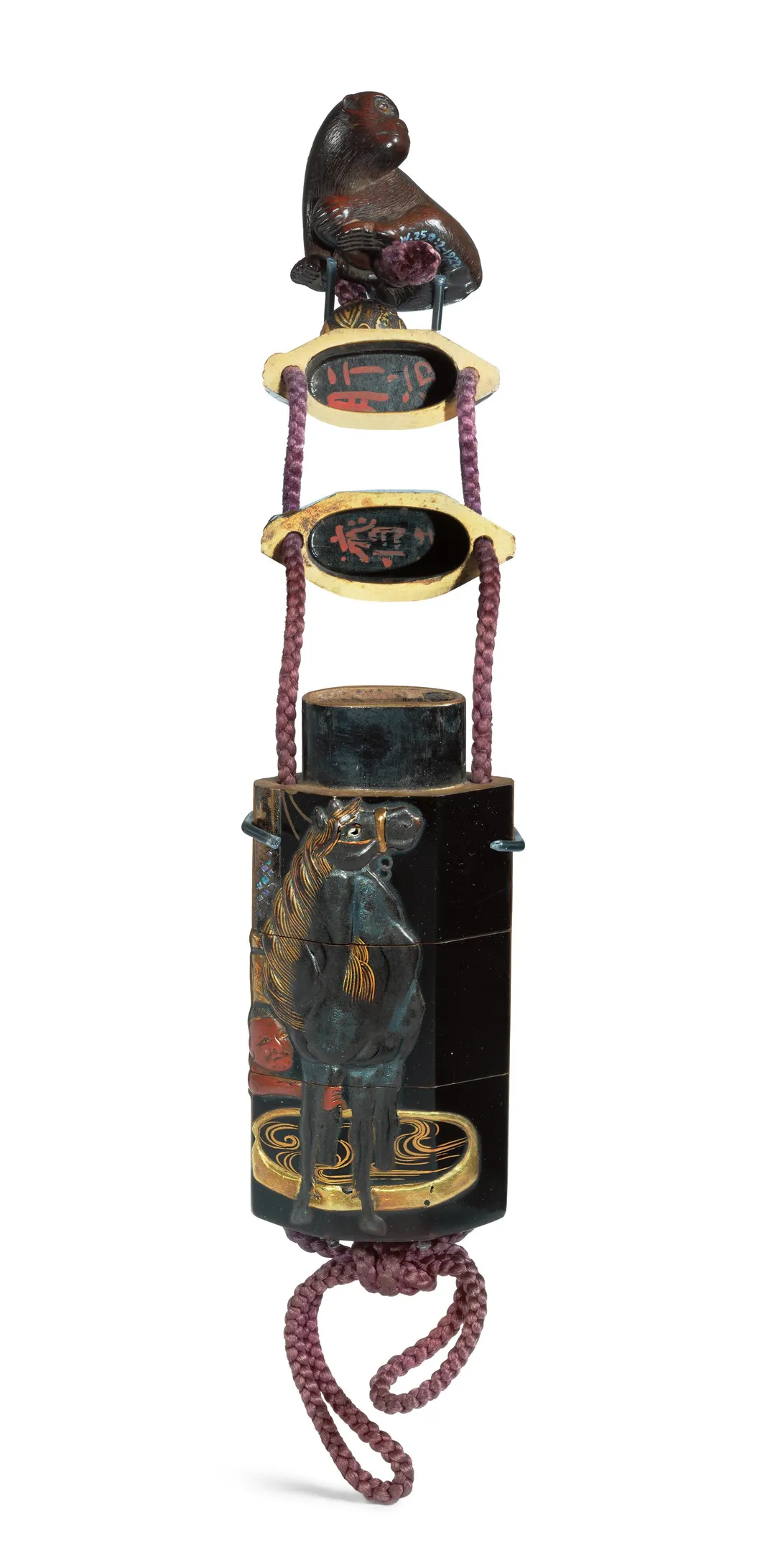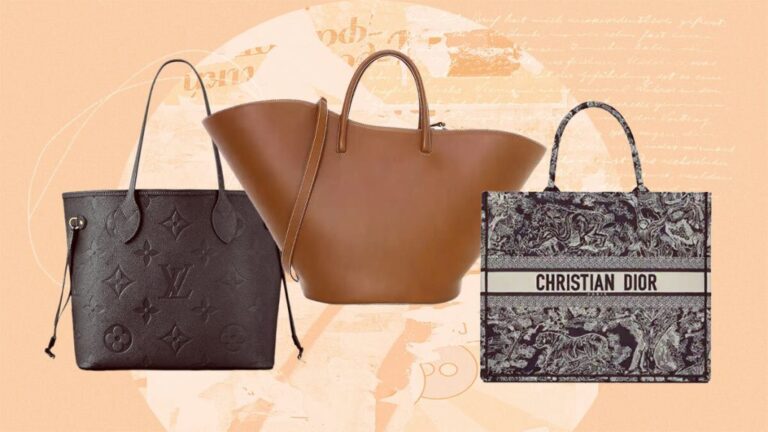THE EVOLUTION OF THE HANDBAG AS THE ULTIMATE FASHION ACCESSORY
Everyone, from Winston Churchill to Sarah Jessica Parker, requires a place to keep their belongings. According to a new exhibition at London’s Victoria and Albert Museum, this is where the bag—one of fashion’s most ubiquitous and practical accessories—has come in handy throughout history.
The exhibition, titled “Bags: Inside Out,” will run through September and will feature over 300 bags ranging from tiny purses to military rucksacks. Though the museum is currently closed due to the United Kingdom’s latest Covid-19 lockdown, fashion fans can take a look inside the exhibition online, watch a short documentary about how contemporary bags are made from sponsor Mulberry, or read an article about some of the show’s highlights.
“This exhibition provides an understanding and insight into the function, status, design, and making of bags throughout history,” curator Lucia Savi says in a statement. “With their dual nature that combines private and public, these portable, yet functional accessories have long fascinated men and women.”

As Rachel Cooke writes in a review for the Observer, predecessors to the modern purse evolved out of necessity. In 19th-century Europe, for instance, women would wear chatelaines. These waist-high appendages resembled a brooch with multiple attachments, like a sort of decorative Swiss Army knife dangling from one’s waist. In “Bags: Inside Out,” a chatelaine dated to around 1863 features 13 hanging tools, including a pair of scissors, purse, thimble, miniature notebook and magnifying glass.
“The symbolism … is fascinating,” Cooke notes. “It speaks as loudly as any mangle of the burdens and responsibilities of women—and yet it works, too, as an adornment, an exquisite triumph wrested from duty.”
Bags were often created as luxury items that conveyed a person’s status. Seamstresses in 20th-century Pakistan would have embroidered a dowry purse included in the show in advance of a high-status wedding. In 18th-century Paris, workshops of artists labored to cover a small purse in beads using a technique known as sablé (meaning covered with sand), making for an exceptionally pricey design, per a separate statement.
Though designed for beauty, some bags also reflect the realities of war: H. Wald and Co., for example, designed a reptile-skin tote bag that could skillfully conceal a person’s state-ordered gas mask in World War II–era Britain.

And, while the handbag has come to be traditionally associated with women, men have benefited from bags, too. Between 1587 and 1591, Sir Christopher Hatton, a member of Elizabeth I’s court, likely used a “burse” made of silk, silver-gilt thread and sequins to house the Tudor queen’s silver matrix, which was used to create wax seal impressions on official decrees and proclamations.
In 18th-century Japan, men wore inrōs, tiered containers that hung from the obi, or waist-sash, and carried personal seals, ink pads and medicines. The inrō in the V&A exhibition includes compartments for kanryō, a liver calmer, and saikō, an aphrodisiac, per the statement. Also featured in the exhibition is a bright red despatch box used by Churchill when he was secretary of state for the colonies in the early 1920s.
Bridging the personal and political, some handbags were designed to make a statement. In 1827, an abolition advocacy group called the Female Society for Birmingham created a small reticule bag emblazoned with the image of a black enslaved woman nursing her child. Women in the society used bags such as these to carry and distribute anti-slavery campaign materials.
The original Birkin bag that Hermès created for actress Jane Birkin in 1984 is among the remarkable collection of contemporary bags on display at the V&A exhibition, as noted by Olivia Petter in a review for the Independent. Also included is the famed purple sequined Fendi bag that Sarah Jessica Parker carried as Carrie Bradshaw during a crucial “Sex and the City” episode (now, these designs are infamous as some of the most expensive handbags in the world). The character corrects a robber who is trying to seize her accessory mid-robbery: “It’s not just a bag,” she exclaims. It’s a baguette, I say.



